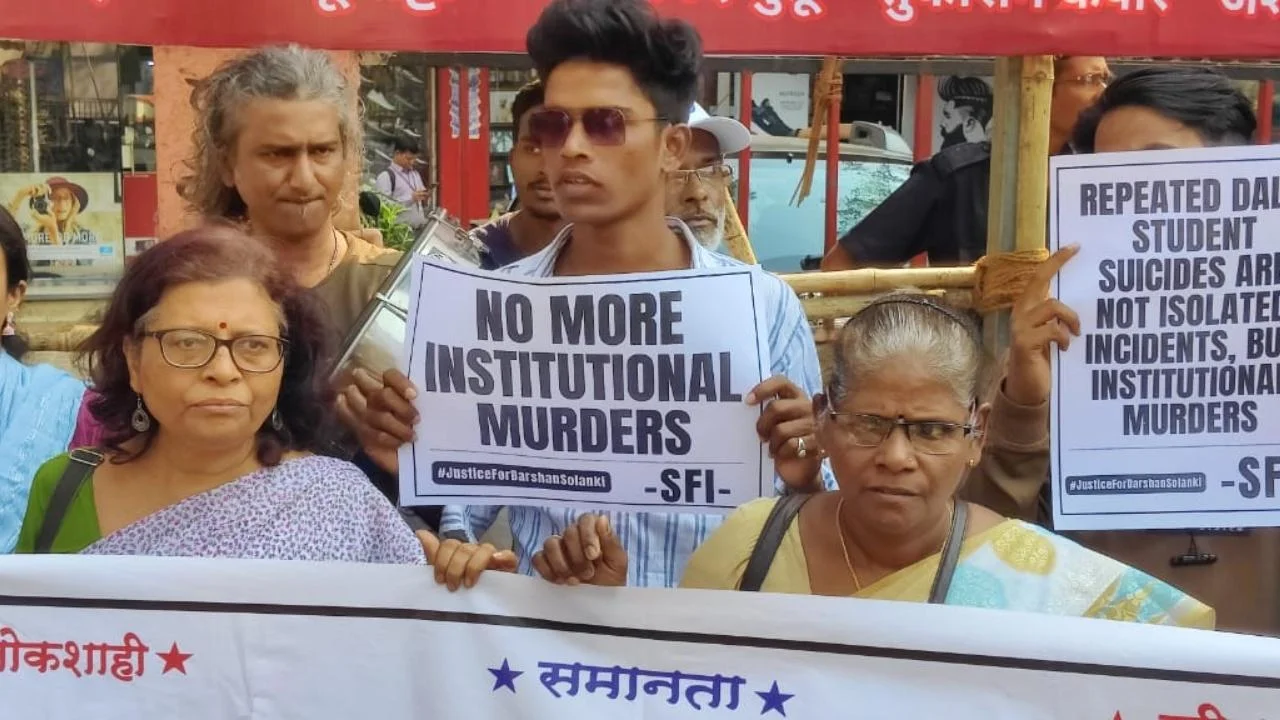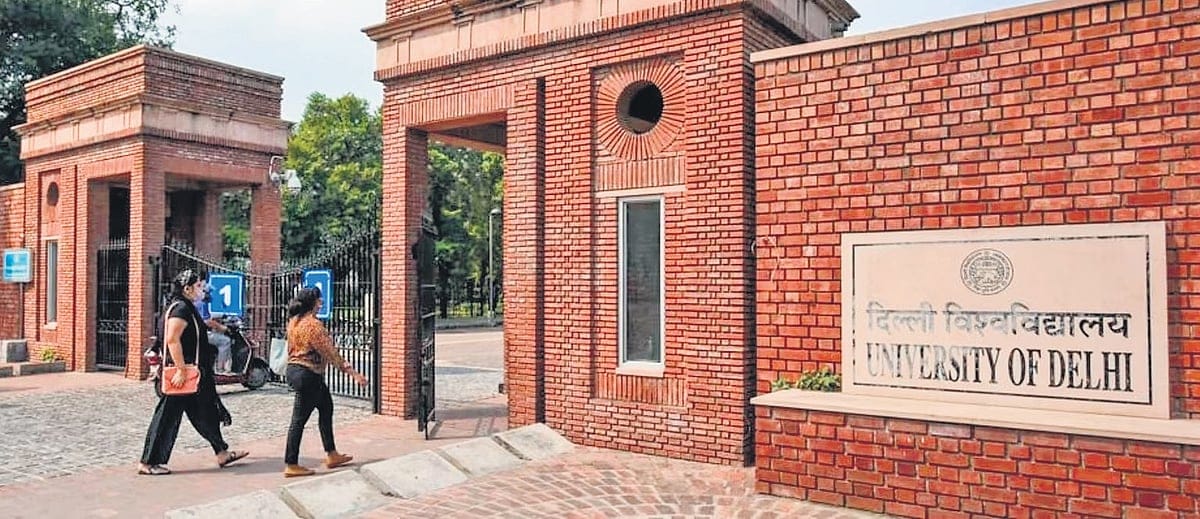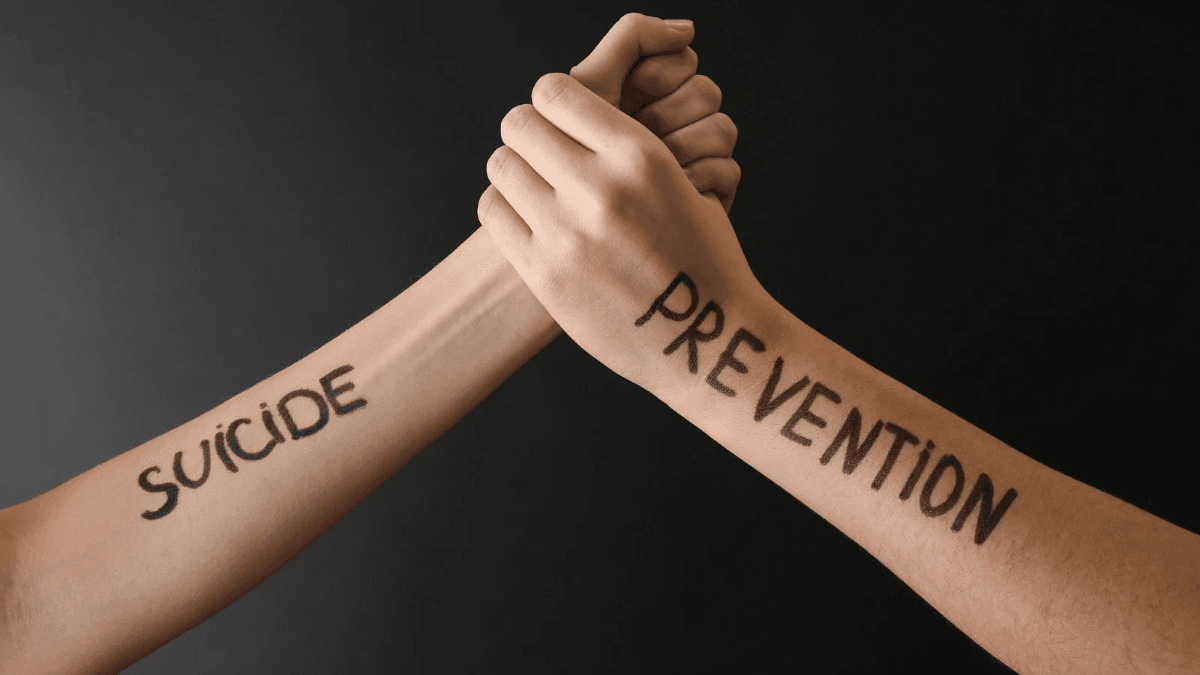The state of the public-school education system in urban India is crippled by unmotivated or overworked teachers, outdated and restrictive curricula, and a tangle of bureaucracy. Subsequently, it is no surprise that the number of students in government schools is declining steadily while student enrollment in private schools continues to rise. In five years (2010-11 to 2015-16), public schools have lost 13 million students across the country while private schools have gained 17 million students. This was partly facilitated by the Right to Education Act (RTE) revived in 2002 by a Public Interest Litigation (PIL) that breached the barriers of private schools. It enables children with incomes lower that one lakh per year to attain a free education at a private school within a radius of 1-6 km till the eighth grade.
However, it is important to note that because the public-school system is in poor shape, it does not necessarily imply that the private schools are in excellent form. It is often assumed that the biggest problem facing schools is funding. Funding might be a significant issue in some cases but there are several issues that plague schools. They are not merely dispensers of skills and opportunities but have socio-cultural and political functions. While schools have the power to break patterns of social injustice, they also have the capacity to reproduce and sustain systems of social inequality and oppression.
it is important to note that because the public-school system is in poor shape, it does not necessarily imply that the private schools are in excellent form. It is often assumed that the biggest problem facing schools is funding. Funding might be a significant issue in some cases but there are several issues that plague schools. They are not merely dispensers of skills and opportunities but have socio-cultural and political functions.
The large-scale migration to private schools in India means that an increasing proportion of our population will be educated in these spaces. Their beliefs, attitudes and perspectives will largely be shaped by their negotiation of the school-space and will be a function of their identity. This article looks at the experiences of students at some well-funded, top ranking, private schools across the country and specifically notes differential access and negotiation of the space as a result of socioeconomic identity, thus establishing that schools are not neutral spaces.
Nine students from schools in Delhi, Chennai, Bombay, Thane, Nashik, and Pune were interviewed.
Patterns of Exclusion: Class, Religion, Gender, and Caste
The first cause of exclusion is the location of the school itself. For instance, Delhi was planned by foreign planners who attempted to create a spread-out city that allotted space to various institutions including educational institutions. However, as the city grows it becomes increasingly segregated and the poor are pushed to the peripheries. Schools on the other hand, sit on valuable real estate in the centre of the city. Here, it is important to remember that the RTE only allows for disadvantaged children residing with 1-6km of the school. Further, transportation to school is often an expensive affair, costing anywhere between ten to thousand rupees a year.
Figure (1) shows the Delhi Public School (Vasantkunj). This school hosts children who come from the families of government officials and successful business magnates. Their families generally reside in this locality. The number of private unaided (only private schools) is visible here.
The second common pattern of exclusion is by the school segregating the children into different time slots so as to avoid any interaction between the different segments. A few private schools also have separate classrooms for children from economically backward families. An interviewee recounted an incident where children when students were asked by their teachers about whether they were at school based on the RTE reservations while taking attendance. Of course, this is in schools where the poor are given their seats.
An elite school in Pune has gone so far as to battle a court case to not let the economically disadvantaged into the school. When the students asked their teachers about this, they were told it was because the children would not fit into a school such as theirs. Instead of sensitising students, elite private schools often look for ways in which they can escape this breach of their exclusivity. An account from a school in Bombay is an exception. Located in the suburb of Kandivali, it has had students from all socioeconomic strata since the age of 3 and the children grew up together and the only prejudiced students were a result of prejudiced homes. Overall, the students faced little discrimination from the school administration as well as the students.
The third pattern came from the students themselves. The students from underprivileged homes were looked down upon and labelled “gross” or “dirty”. They were ridiculed for the bags they brought to school or their mannerisms. Additionally, these children were never invited to birthday parties and other social events. These behaviours reinforced the class difference and further separated the children.
Apart from class, religion is an important determinant of identity. A majority of the private schools (except convent schools) have Hindu prayers every morning, with no consideration for other religious beliefs. The festivals celebrated are usually Diwali, Independence Day, Republic Day, and occasionally Christmas or Ganesh Chaturthi. Eid was a holiday but did not involve any celebrations in school. A school in Bombay funded by a Parsi family celebrated Parsi holidays but only Parsi children were invited to school for this celebration. Additionally, nationalism was reinforced with the singing of the national anthem every morning in most schools as well as “cultural events” such as “patriotic singing competitions”.
Caste as a social marker was not explicitly mentioned, it was rendered invisible. But, of course, it was present. Children who brought “non-veg” food in their tiffins were shunned. An interviewee recounts an experience of offering a teacher her tiffin innocently in grade 3, and the teacher realising it was meat screamed and rushed to the washroom to rinse her mouth.
Sports events were marked with sexism. Boys were often preferred over girls. An interviewee recounted when boys and girls were prohibited from playing on the field together and thus, the field was open only for boys in the lunch hour. Other interviewees shared incidents of when boys were given sports equipment while girls were told to play in a corner or go sit elsewhere in the physical education classes. Girls and boys are often segregated in the classroom post fifth grade and this leads to barriers even in co-ed schools.
This leads to an amplification of differences and a minimisation of similarities in these private schools. So while boys might be found on the playground in the lunch hour, girls would be located in the periphery of the grounds or in indoor places. These locations are internalised and by the 10th grade girls and guys segregate themselves. For example, if they are asked to go sit anywhere in an auditorium, they tend to divide it into halves and sit separately without explicit instructions.
Caste as a social marker was not explicitly mentioned, it was rendered invisible. But, of course, it was present. Children who brought “non-veg” food in their tiffins were shunned. An interviewee recounts an experience of offering a teacher her tiffin innocently in grade 3, and the teacher realising it was meat screamed and rushed to the washroom to rinse her mouth. Discussions around reservations, if any, resulted in two possible outcomes (a) The entire reservation system should be abolished or (b) reservations should be on the basis of class.
Behaviours Enabled: Schools and Sexuality
Schools in India have a reputation of being authoritarian in terms of the rules they dictate and impose. It is apparent that schools largely encourage (implicitly or explicitly) conventionally gender-appropriate, majoritarian, and patriotic actions and ideas. From a young age, girls are identified as sexual beings and attempts are made to control this sexuality. These attempts intensify when the girl is going through puberty. Schools ensure that the girls’ skirts are exactly till the knee or longer.
Also read: COVID-19: Inequalities Surface As Schools Demand Productivity From Students
Further, an atmosphere of shaming the girls into being self-conscious is created and maintained by the teachers and administration. An interviewee recounts how girls in her school had made it a practice to not walk close to the railing as boys used to carry mirrors and phones with them to look up the girl’s clothes and/or take pictures of them. This behaviour was never reprimanded by the school authorities. Additionally, teachers themselves often go to extremes to enforce the rules. Interviewees revealed how punishments ranged from cutting a girl’s skirt with a scissor to make a point to asking the girl to go home for the day. While the boys’ arrogance is encouraged, girls learn to be conscious of the clothes they wear and the way they walk, leading to self-esteem issues.
Schools in India have a reputation of being authoritarian in terms of the rules they dictate and impose. It is apparent that schools largely encourage (implicitly or explicitly) conventionally gender-appropriate, majoritarian, and patriotic actions and ideas. From a young age, girls are identified as sexual beings and attempts are made to control this sexuality.
If two students are in a relationship in school and a teacher or an authority figure finds out, they are further penalised for it. In an extreme case, an interviewee said that students who were found with friendship bands faced the risk of expulsion. Another interviewee from a convent school shared that her school was separated from an all-boys school by a wall and if any girl was caught even glancing towards the wall, she was punished.
As for students who are not heterosexual, they are rarely provided a space to be themselves as the word “gay” and its equivalents in other languages are often thrown around as slurs. A refreshing exception was a school in Delhi that arranged an informative and engaging session about the LGBTQI+ community and students were sensitised regarding the same. In that school, the members of all sexualities were generally accepted and it offered a much better space for personal growth and development. Sex education was limited to talk about periods for girls and usually nothing for the boys. Boys thus derive information about sex from porn, which they proceed to discuss in school. The taboo around it leads the students to devise innuendos.
Conclusion
Often, the ‘rural’ is seen as a site for the “real” problems while the urban is perceived to be much better off. This has led to a lack of research in urban areas, particularly with an education policy focus. When schools are unequal spaces for their children, there are bound to be unequal outcomes. While financial ability is a major issue, other aspects that exclude groups of children and the very definition of “quality education” needs to be re-examined.
Also read: Dalit Women Learn Differently: Experiences In Educational Institutions
Schools do not exist in isolation and there need to be multimodal interventions at a policy/urban planning level, at the level of training teachers and the school administration, engaging with parents, and sensitising students. It is essential to identify that public or private schools are not neutral spaces but are framed within a larger socio-cultural context that they must seek to reform from within.
Sharvari is a Teach for India fellow, and teaches at a government school in Pune. She hopes to help create inclusive educational spaces where all students can thrive. You can follow her on Instagram and Twitter.





Firstly I would love to appreciate the part about sexism especially in sports, which is very apt. So is the part about gender discrimination when it comes to behavior and clothing.
There are a couple of point that I thought were unclear. These are as follows:
You talk about Hindu majority/Hindu backed schools celebrating Hindu festivals and hosting Hindu prayers. Is that not what all private schools do anyway, Madrasas (Muslim majority/Muslim backed) only hosting Islamic prayers and Islamic festivals being celebrated and similarly Convents (Christian Majority/Christian Backed) only having Christian prayers. To look for secularism one must look for it in state backed schools (government schools) and not in private institutions.
Secondly, in the part “Additionally, nationalism was reinforced with the singing of the national anthem every morning in most schools as well as “cultural events” such as “patriotic singing competitions”. ” is it not good to teach love of the nation. So why is national anthem singing a matter of concern? Is this not the case in government schools as well.
I do believe that it is in the nations best interests that to work on making public schools competitive with their private counter parts in terms of academics and push desired values through that instead of focusing on regulating private schools which are at least making students employable.
सभी नर्सिंग स्टाफ और स्टूडेंट्स के लिए खुश खबर इस चैंनल को like, share, और subscribe करे और पाये ऑनलाइन एग्जाम की तैयारी।
https://youtu.be/qGUSoTJgchE